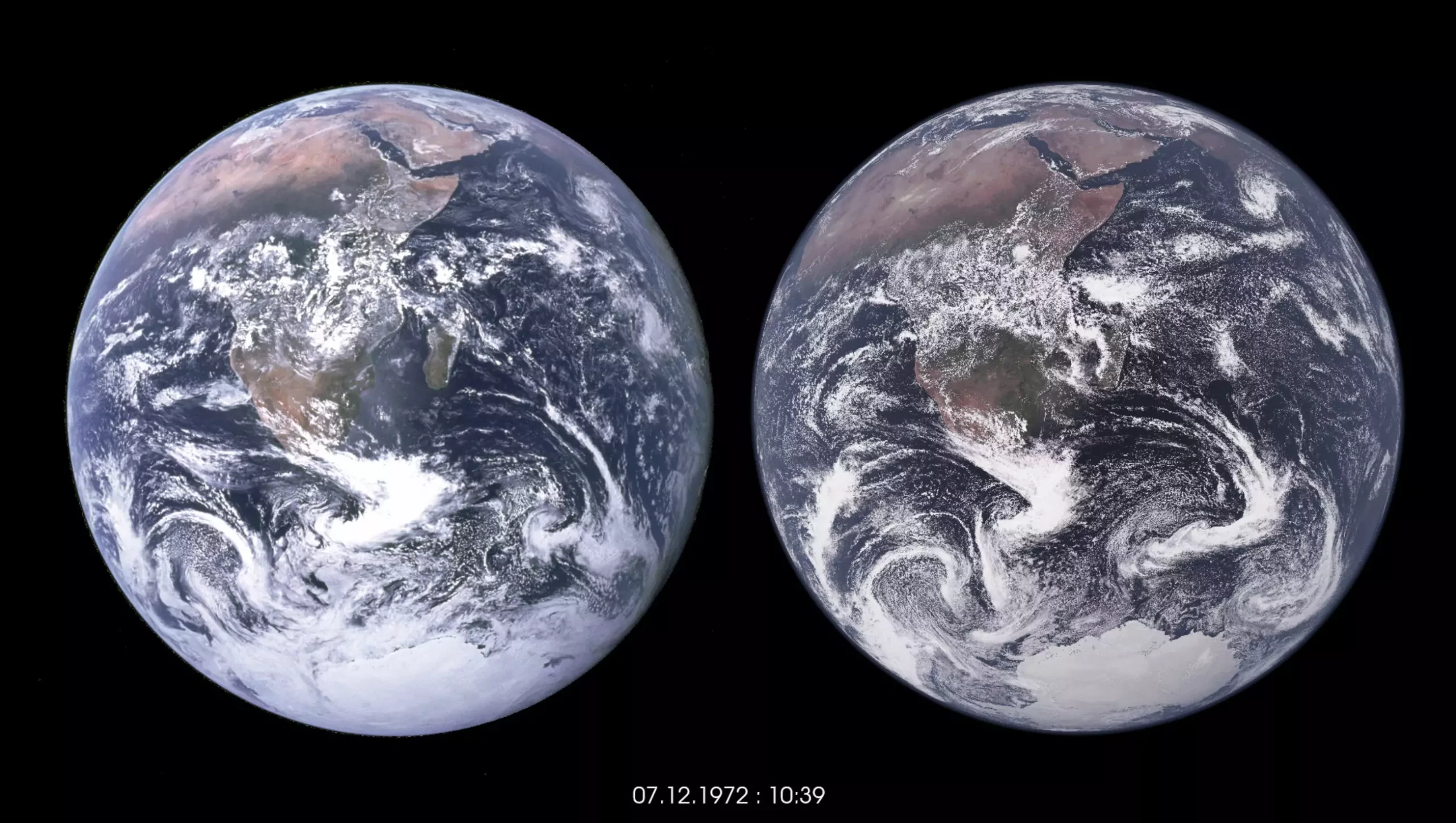The study of cloud patterns in the context of our changing climate is crucial for predicting the potential impact on both society and nature. Research conducted by scientists at the Institute of Science and Technology Austria (ISTA) and the Max-Planck-Institute for Meteorology sheds light on how the clustering of clouds and storms affects extreme rainfall events in the tropics, revealing a concerning trend of increasing severity in such events with rising temperatures.
Extreme precipitation events pose a significant threat to both human lives and infrastructure, leading to substantial economic losses. The frequency and intensity of these events have been on the rise in recent years due to the warming climate. Scientists have long relied on advanced computer models to comprehend the underlying mechanisms of extreme rainfall and to make informed predictions about future trends. The latest study published in Science Advances delves deeper into the intricate relationship between cloud clustering and extreme precipitation events.
Led by ISTA postdoc Jiawei Bao, the research team utilized a cutting-edge climate model to explore how cloud and storm clustering influences extreme rainfall events in the tropics. The innovative model, distinguished by its high resolution, revealed that under a warmer climate, extreme rainfall events in the tropics exhibit heightened severity due to increased cloud clustering. The study highlighted that intensified cloud clustering results in prolonged periods of rainfall, ultimately contributing to a rise in total precipitation. Moreover, the researchers found that an escalation in extreme rainfall over high-precipitation regions comes at the expense of expanded dry areas, signaling a shift towards more extreme weather patterns.
The groundbreaking climate model employed in the study offers a level of detail previously unattainable in simulations. Unlike its predecessors, this new model can capture the complexities of air movement that facilitate cloud formation and storm development, particularly in the tropics. By simulating the global climate at an unprecedented resolution, the scientists obtained invaluable insights into the region-specific impacts of cloud clustering on extreme precipitation events.
Collaboration among researchers worldwide is pivotal in enhancing the realism and accuracy of climate models. These models play a crucial role in mapping out the intricate interactions within the Earth’s atmosphere and predicting the consequences of climate change. By dissecting the atmosphere into three-dimensional segments and applying physical equations, scientists can simulate the behaviors of these segments over time. Continuous improvements in modeling techniques, fueled by advancements in computing power and algorithms, have enabled researchers to refine their predictions and gain a deeper understanding of the Earth’s climate dynamics.
Looking to the Future
As the study’s lead author, Jiawei Bao, continues his investigation into extreme precipitation events, he emphasizes the importance of using multiple models to validate findings and explore different scenarios. Similarly, Caroline Muller and her research group are committed to unraveling the complexities of cloud formation and storm dynamics to better comprehend the impacts of climate change on various scales. By leveraging advanced climate models and collaborative efforts, researchers aim to enhance our understanding of the evolving climate and its implications for both humanity and the environment.



Leave a Reply